Home>Furniture & Design>Interior Design Trends>How To Remove A Sticker From Glass
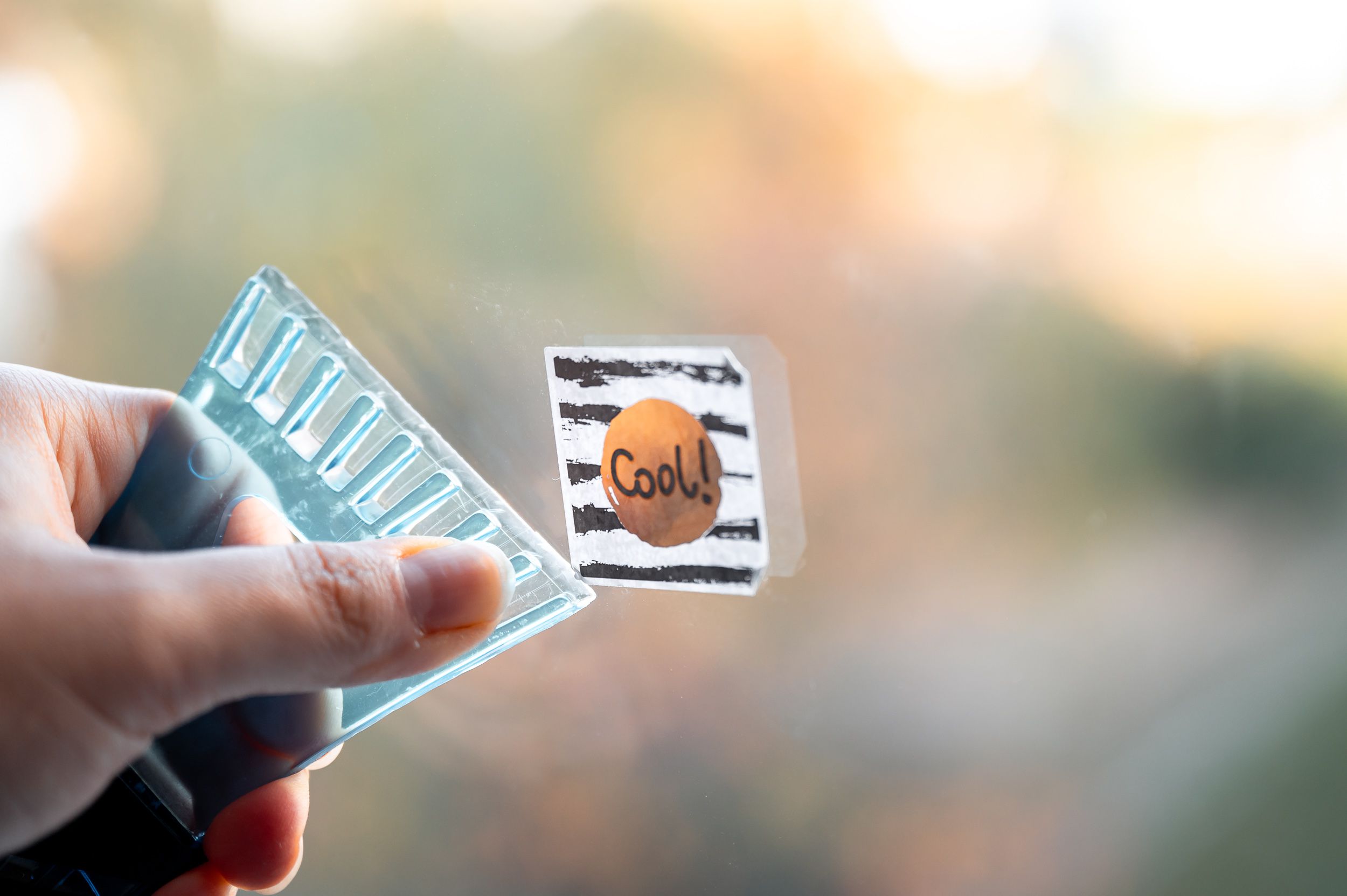

Interior Design Trends
How To Remove A Sticker From Glass
Modified: March 21, 2024
Learn how to effectively remove stickers from glass surfaces with our expert tips. Keep up with the latest interior design trends hassle-free!
(Many of the links in this article redirect to a specific reviewed product. Your purchase of these products through affiliate links helps to generate commission for Storables.com, at no extra cost. Learn more)
Introduction
Removing stickers from glass surfaces can be a frustrating task, especially when they leave behind stubborn residue. Whether it's a price tag on a new picture frame or a decorative sticker on a glass window, the remnants can detract from the overall aesthetic appeal. However, with the right techniques and materials, you can effectively eliminate these sticky remnants and restore the glass to its pristine condition.
In this comprehensive guide, we will explore various methods for removing stickers from glass, ranging from simple household remedies to specialized products. Each method offers a unique approach to tackling the adhesive residue, providing you with options based on the materials at your disposal and your personal preferences. By following these step-by-step instructions, you can say goodbye to unsightly sticker remnants and hello to a clear, spotless glass surface.
Whether you're a DIY enthusiast looking for cost-effective solutions or simply seeking an efficient way to restore the clarity of your glass items, this guide has got you covered. From utilizing common household items like vinegar and rubbing alcohol to employing specialized adhesive removers, you'll discover a range of approaches to suit your specific needs. With these methods at your disposal, you can confidently tackle sticker residue on glass surfaces, ensuring a clean and polished finish without causing damage to the glass itself.
So, let's delve into the various techniques and materials needed to effectively remove stickers from glass, empowering you to restore the transparency and allure of your glass items with ease. Whether it's a small decorative piece or a larger glass surface, these methods are designed to equip you with the knowledge and tools to conquer the challenge of sticker residue removal.
Key Takeaways:
- Say goodbye to stubborn sticker residue on glass with simple household items like vinegar and rubbing alcohol. Restore the pristine clarity of your glass items with ease and eco-friendly solutions.
- From utilizing heat to specialized adhesive removers, conquer sticker residue on glass surfaces with confidence. Embrace resourcefulness and empower yourself to maintain spotless glass items.
Read more: How To Remove Stickers From Crystal Glasses
Materials Needed
When it comes to removing stickers from glass, having the right materials at your disposal can make the process significantly more manageable. Before embarking on the sticker removal journey, it's essential to gather the necessary items to ensure a smooth and effective experience. Here's a comprehensive list of materials that you may need for various sticker removal methods:
-
Hair Dryer or Heat Gun: For methods involving heat, such as softening the adhesive, a hair dryer or heat gun can be invaluable. The controlled application of heat can help loosen the sticker, making it easier to peel off without leaving residue behind.
-
White Vinegar: Known for its versatile cleaning properties, white vinegar is a staple in many households. It can be used to create a simple yet effective solution for dissolving sticker residue on glass surfaces.
-
Rubbing Alcohol: With its ability to break down adhesives, rubbing alcohol is a go-to solution for removing sticker residue. It's readily available and can be used in conjunction with other materials for enhanced effectiveness.
-
Goo Gone or Similar Adhesive Remover: Specialized adhesive removers like Goo Gone are formulated to tackle tough sticky residues. Having a dedicated adhesive remover on hand can expedite the sticker removal process, especially for stubborn or aged stickers.
-
Razor Blade or Scraper Tool: A razor blade or scraper tool can be utilized with caution to gently lift and remove sticker remnants from glass surfaces. When used correctly, these tools can aid in scraping off stubborn residue without scratching the glass.
-
Microfiber Cloth or Soft Towel: A soft, lint-free cloth is essential for wiping and polishing the glass surface. It helps ensure that the glass is left clean and streak-free after the sticker removal process.
-
Dish Soap: Mild dish soap, when combined with warm water, can be used to clean the glass surface before and after sticker removal. It helps eliminate any remaining adhesive and ensures a pristine finish.
-
Plastic Card or Credit Card: A plastic card can serve as a gentle scraping tool for lifting sticker edges and residue. It's particularly useful for delicate glass surfaces where abrasive tools may cause damage.
By having these materials readily available, you can approach the task of removing stickers from glass with confidence and efficiency. Each item plays a specific role in the sticker removal process, offering versatility and effectiveness across different methods. With these materials at your disposal, you'll be well-equipped to tackle sticker residue on glass surfaces, restoring their clarity and appeal with ease.
Method 1: Using Heat
Using heat to remove stickers from glass is a simple yet effective method that can help soften the adhesive, making it easier to peel off the sticker without leaving behind residue. This technique is particularly useful for stickers that have been firmly affixed to the glass surface for an extended period, as the application of heat can help loosen the adhesive's grip.
To begin, gather a hair dryer or heat gun and set it to a low or medium heat setting. Hold the hair dryer or heat gun a few inches away from the sticker, ensuring that the heat is evenly distributed across the sticker's surface. As the adhesive warms up, you may notice the edges of the sticker beginning to lift slightly.
Once the sticker has been heated for a sufficient amount of time, use your fingers or a plastic card to gently peel back the edges. Take care not to apply excessive force, as the goal is to lift the sticker without damaging the glass. If the sticker resists peeling, continue applying heat while intermittently attempting to lift the edges.
As the sticker gradually loosens, you can carefully peel it away from the glass surface, taking care to maintain a slow and steady motion. If any residue remains, you can further soften it by applying additional heat and then gently rubbing it with a microfiber cloth or soft towel.
It's important to exercise caution when using heat to remove stickers from glass, especially with delicate or tempered glass surfaces. Avoid applying excessive heat in one area for an extended period, as this can potentially cause thermal stress and lead to glass damage. Additionally, always ensure that the glass surface is at room temperature before applying heat to prevent thermal shock.
By utilizing the method of using heat, you can effectively remove stickers from glass surfaces with minimal effort. This approach is particularly beneficial for delicate glass items such as decorative pieces, picture frames, and glassware, where abrasive methods may pose a risk of damage. With the gentle application of heat, you can reclaim the pristine clarity of your glass items, free from unsightly sticker residue.
Method 2: Using Vinegar
Using vinegar as a natural and cost-effective solution to remove stickers from glass is a popular method that harnesses the cleaning and adhesive-dissolving properties of this household staple. Vinegar, particularly white vinegar, is renowned for its versatility in various cleaning applications, making it an ideal candidate for tackling stubborn sticker residue on glass surfaces.
To initiate the sticker removal process using vinegar, begin by creating a simple vinegar solution. Mix equal parts of white vinegar and warm water in a small bowl or spray bottle, ensuring that the solution is well-blended. The mild acidity of vinegar, combined with its solvent properties, makes it an effective agent for breaking down adhesive residues while being gentle on glass surfaces.
Once the vinegar solution is prepared, apply it directly to the sticker and the surrounding adhesive residue. Allow the solution to saturate the sticker for several minutes, enabling the vinegar to penetrate and weaken the adhesive bond. The acidic nature of vinegar works to dissolve the sticky residue, gradually loosening its grip on the glass surface.
After allowing the vinegar solution to work its magic, use a plastic card or scraper tool to gently lift the edges of the sticker. As the adhesive becomes more pliable due to the vinegar's action, you'll find that the sticker can be peeled away with greater ease. Take care to avoid using abrasive tools that may scratch or damage the glass, opting for gentle scraping motions to lift the sticker and residual adhesive.
If any stubborn residue persists after peeling off the sticker, reapply the vinegar solution and gently rub the affected area with a soft, lint-free cloth. The combination of vinegar and gentle friction can effectively eliminate any remaining adhesive remnants, leaving the glass surface clean and free from sticky residue.
One of the advantages of using vinegar for sticker removal is its non-toxic nature, making it a safe and eco-friendly alternative to commercial adhesive removers. Additionally, vinegar is readily available in most households, offering a convenient solution for addressing sticker residue without the need for specialized products.
By harnessing the power of vinegar, you can effectively remove stickers from glass surfaces while leveraging the natural cleaning properties of this household ingredient. Whether it's a decorative sticker on a glass vase or a stubborn label on a glass container, the vinegar method provides a simple yet potent approach to restoring the pristine clarity of glass items, free from unsightly adhesive remnants.
Use a hairdryer to heat the sticker for a few minutes, then gently peel it off using a razor blade or your fingernail. Any remaining residue can be removed with rubbing alcohol or vinegar.
Method 3: Using Rubbing Alcohol
Using rubbing alcohol to remove stickers from glass surfaces is a highly effective method that capitalizes on the solvent properties of alcohol to break down adhesive residues. Rubbing alcohol, also known as isopropyl alcohol, is a versatile cleaning agent commonly found in households and is renowned for its ability to dissolve various substances, including adhesives and grease. When applied to glass surfaces, rubbing alcohol serves as a potent solution for eliminating stubborn sticker residue without causing damage to the glass.
To commence the sticker removal process using rubbing alcohol, begin by ensuring that the glass surface is clean and free from any loose debris or dirt. This initial step helps prepare the surface for the application of rubbing alcohol, ensuring optimal contact with the adhesive residue.
Next, dampen a soft, lint-free cloth or cotton ball with rubbing alcohol, ensuring that it is sufficiently saturated without dripping. Gently press the alcohol-dampened cloth onto the sticker and the surrounding adhesive residue, allowing the alcohol to penetrate and weaken the sticky bond. The solvent properties of rubbing alcohol work to dissolve the adhesive, gradually loosening its grip on the glass surface.
As the rubbing alcohol permeates the sticker and adhesive residue, you may notice the edges of the sticker beginning to lift. This indicates that the adhesive is being effectively broken down by the alcohol, making it easier to peel off the sticker without leaving behind residue. Use a plastic card or scraper tool to gently lift the edges of the sticker, taking care to avoid applying excessive force that may scratch the glass.
Once the sticker has been successfully peeled off, any remaining adhesive residue can be further addressed using rubbing alcohol. Dampen a fresh cloth or cotton ball with rubbing alcohol and gently rub the affected area, applying light pressure to facilitate the removal of stubborn remnants. The combination of rubbing alcohol and gentle friction effectively eliminates any lingering adhesive residue, leaving the glass surface clean and pristine.
One of the key advantages of using rubbing alcohol for sticker removal is its rapid evaporation, which minimizes the risk of leaving behind streaks or residue on the glass surface. Additionally, rubbing alcohol is readily available in most households and is an affordable solution for tackling sticker residue without the need for specialized products.
By leveraging the solvent properties of rubbing alcohol, you can effectively remove stickers from glass surfaces while preserving the clarity and integrity of the glass. Whether it's a price tag on a glass item or a decorative sticker on a window, the use of rubbing alcohol offers a straightforward and efficient approach to restoring the pristine appearance of glass surfaces, free from unsightly adhesive remnants.
Read more: How To Remove Sticker Residue From Glass
Method 4: Using Goo Gone
When it comes to tackling stubborn sticker residue on glass surfaces, Goo Gone emerges as a powerful ally in the battle against adhesive remnants. Goo Gone is a specialized adhesive remover that is formulated to effectively dissolve and eliminate sticky residues, making it an invaluable tool for restoring the pristine clarity of glass items. This method offers a targeted and potent approach to sticker removal, particularly for instances where traditional household remedies may prove insufficient.
To initiate the sticker removal process using Goo Gone, begin by ensuring that the glass surface is clean and free from any loose debris or dirt. This preparatory step sets the stage for the application of Goo Gone, ensuring optimal contact with the adhesive residue for maximum effectiveness.
Next, apply a small amount of Goo Gone directly onto the sticker and the surrounding adhesive residue. The specialized formula of Goo Gone works swiftly to penetrate and break down the adhesive, gradually loosening its grip on the glass surface. Allow the Goo Gone to saturate the sticker for a few minutes, enabling it to effectively dissolve the stubborn residue.
As the Goo Gone works its magic, you may notice the adhesive beginning to release its hold on the glass. This indicates that the formula is effectively breaking down the sticky residue, making it easier to peel off the sticker without leaving behind remnants. Use a plastic card or scraper tool to gently lift the edges of the sticker, taking care to avoid applying excessive force that may scratch the glass.
Once the sticker has been successfully removed, any residual adhesive remnants can be further addressed using Goo Gone. Apply a small amount of Goo Gone onto a clean, lint-free cloth and gently rub the affected area, ensuring thorough coverage of the adhesive residue. The potent action of Goo Gone facilitates the swift and complete removal of any lingering remnants, leaving the glass surface impeccably clean and free from sticky residue.
One of the key advantages of using Goo Gone for sticker removal is its specialized formulation, which is designed to target and dissolve adhesive residues with precision. Additionally, Goo Gone is a trusted and widely available adhesive remover that offers a reliable solution for effectively addressing stubborn sticker residue on glass surfaces.
By harnessing the power of Goo Gone, you can confidently and efficiently remove stickers from glass surfaces, restoring their pristine appearance and eliminating unsightly adhesive remnants. Whether it's a decorative sticker on a glass vase or a stubborn label on a glass container, Goo Gone provides a potent and reliable method for achieving a clean and polished finish, free from the remnants of stubborn stickers.
Method 5: Using a Razor Blade
Using a razor blade to remove stickers from glass surfaces offers a precise and targeted approach to tackling stubborn adhesive remnants. When employed with caution and finesse, a razor blade can effectively lift and scrape off sticker residue without causing damage to the glass. This method is particularly useful for instances where other techniques may prove ineffective, providing a reliable solution for restoring the pristine clarity of glass items.
To initiate the sticker removal process using a razor blade, it's essential to exercise caution and ensure that the glass surface is clean and free from any loose debris or dirt. This preparatory step helps minimize the risk of scratching the glass and ensures a smooth and controlled scraping process.
Next, hold the razor blade at a shallow angle against the glass, positioning it beneath the edge of the sticker. With gentle and deliberate motions, carefully slide the razor blade beneath the sticker, taking care to avoid applying excessive pressure that may scratch or damage the glass. The goal is to gradually lift the edges of the sticker, allowing the razor blade to separate it from the glass surface.
As the sticker edges are lifted, continue to slide the razor blade beneath the sticker, maintaining a steady and controlled motion. The adhesive residue should begin to release its grip on the glass, enabling the sticker to be peeled away with precision. Take care to avoid using excessive force that may compromise the integrity of the glass, opting for gentle and methodical movements to facilitate the sticker removal process.
Once the sticker has been successfully lifted and removed, any residual adhesive remnants can be addressed using the razor blade. With meticulous attention, gently scrape the affected area to lift and remove any lingering adhesive residue. It's crucial to exercise patience and precision during this step, ensuring that the glass surface remains unharmed while effectively eliminating the remnants of the sticker's adhesive.
One of the key advantages of using a razor blade for sticker removal is its precision and control, allowing for targeted scraping and lifting of adhesive residues. When wielded with care, a razor blade provides a reliable method for addressing stubborn sticker remnants on glass surfaces, offering a tailored approach to restoring the pristine appearance of glass items.
By leveraging the precision and finesse of a razor blade, you can effectively remove stickers from glass surfaces, ensuring a clean and polished finish free from unsightly adhesive remnants. Whether it's a stubborn label on a glass container or a decorative sticker on a glass tabletop, the use of a razor blade offers a meticulous and controlled approach to achieving a spotless and adhesive-free glass surface.
Conclusion
In conclusion, the process of removing stickers from glass surfaces encompasses a diverse array of methods and materials, each offering unique advantages and tailored approaches to address adhesive remnants. From harnessing the power of heat and household ingredients like vinegar and rubbing alcohol to utilizing specialized adhesive removers and precision tools, the journey to sticker-free glass involves a spectrum of effective techniques.
The versatility of these methods empowers individuals to tackle sticker residue on glass items of varying sizes and compositions, from delicate decorative pieces to functional glassware and windows. By leveraging the appropriate materials and techniques, individuals can restore the pristine clarity and allure of their glass items, ensuring that unsightly adhesive remnants become a thing of the past.
Furthermore, the accessibility of household materials such as vinegar and rubbing alcohol underscores the convenience and cost-effectiveness of these sticker removal methods. These readily available solutions offer a sustainable and eco-friendly approach to addressing sticker residue, aligning with the principles of responsible and practical household maintenance.
Additionally, the specialized products like Goo Gone and the precision of a razor blade provide targeted and potent solutions for stubborn sticker remnants, offering a reliable recourse for challenging adhesive residues. These methods cater to diverse scenarios, accommodating the unique characteristics and adhesive properties of different stickers and glass surfaces.
Ultimately, the comprehensive guide presented here equips individuals with the knowledge and resources to confidently tackle sticker residue on glass, fostering a sense of empowerment and self-sufficiency in maintaining the cleanliness and aesthetic appeal of glass items. By embracing these methods, individuals can navigate the process of sticker removal with ease, ensuring that their glass surfaces remain pristine and free from the remnants of adhesive challenges.
In essence, the journey to sticker-free glass is characterized by adaptability, resourcefulness, and a commitment to preserving the beauty and functionality of glass items. With the wealth of methods and materials at their disposal, individuals can embark on this transformative journey, reclaiming the transparency and allure of their glass surfaces with confidence and efficiency.
Frequently Asked Questions about How To Remove A Sticker From Glass
Was this page helpful?
At Storables.com, we guarantee accurate and reliable information. Our content, validated by Expert Board Contributors, is crafted following stringent Editorial Policies. We're committed to providing you with well-researched, expert-backed insights for all your informational needs.
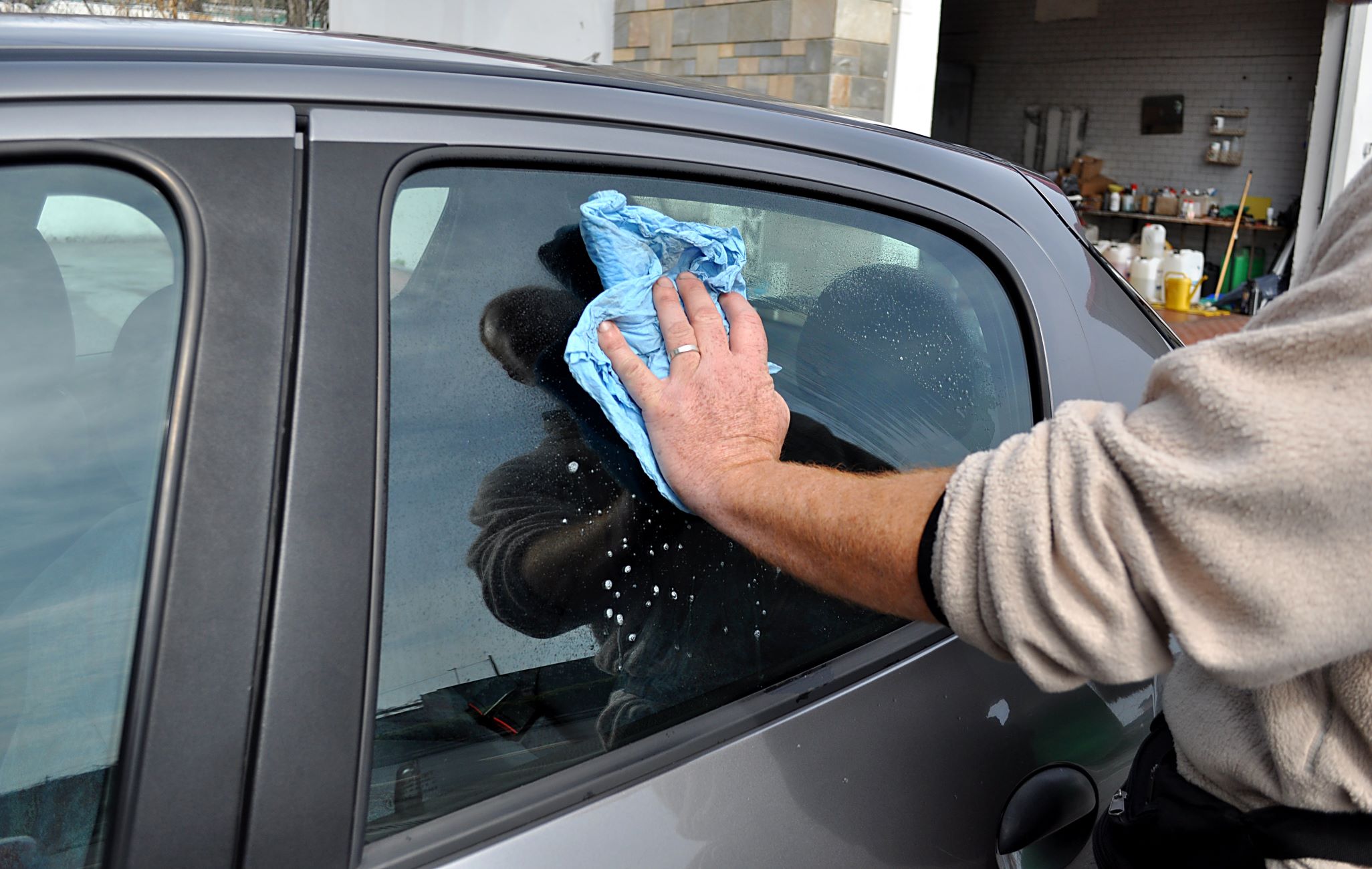
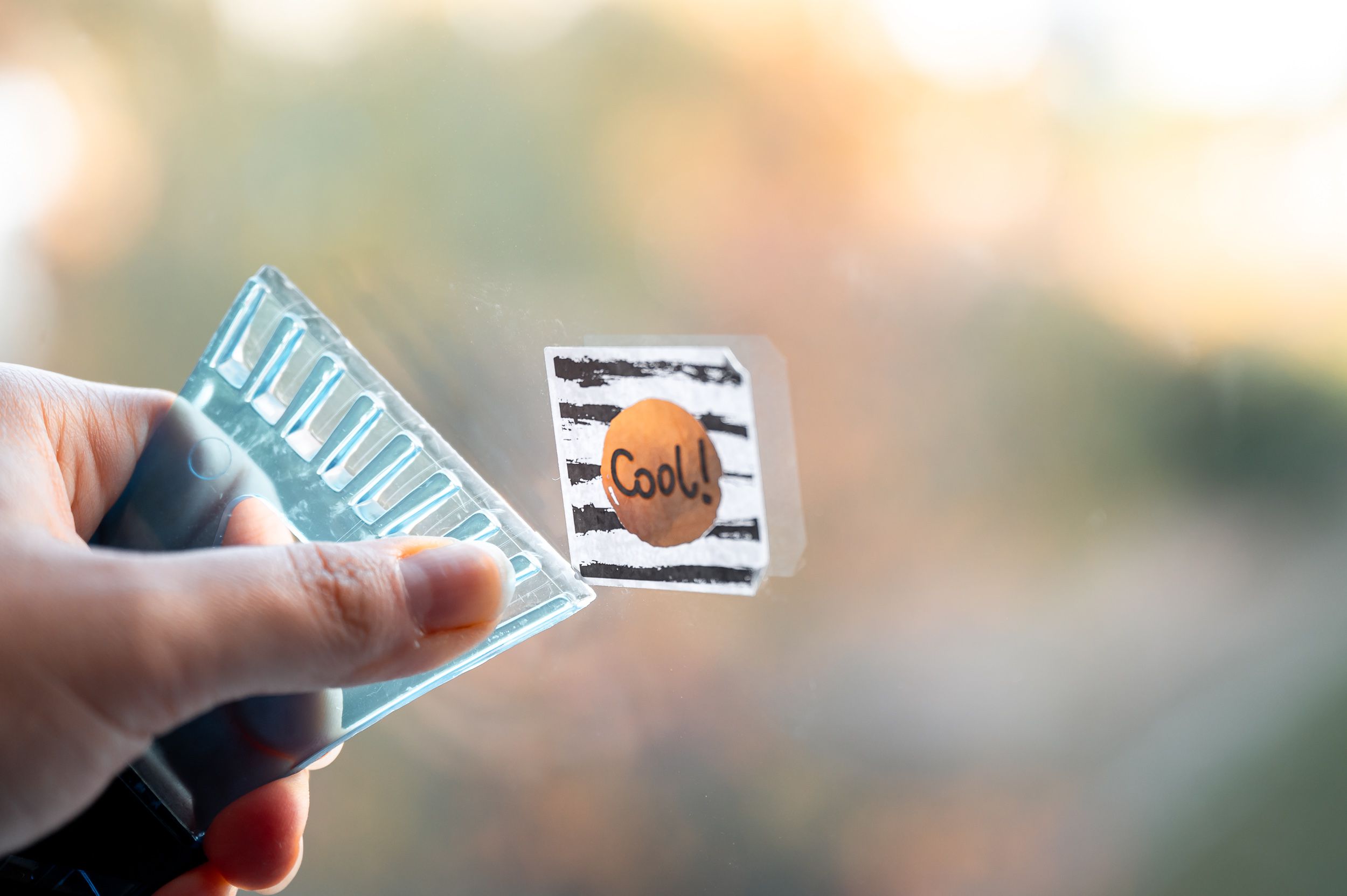
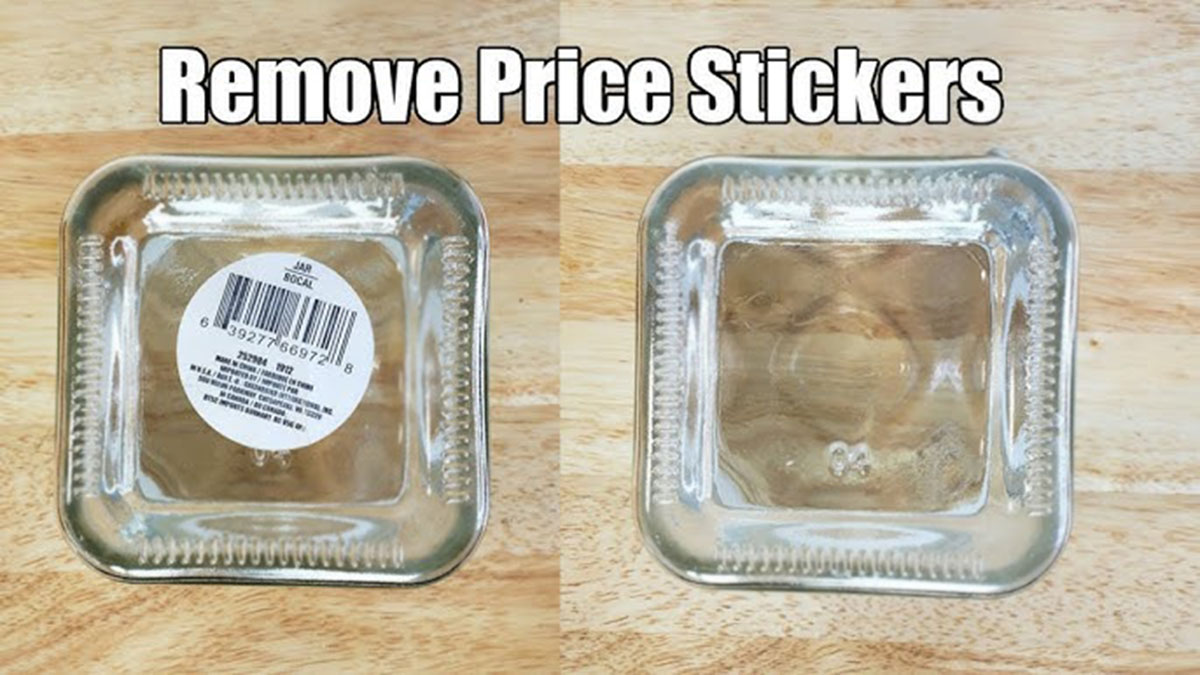
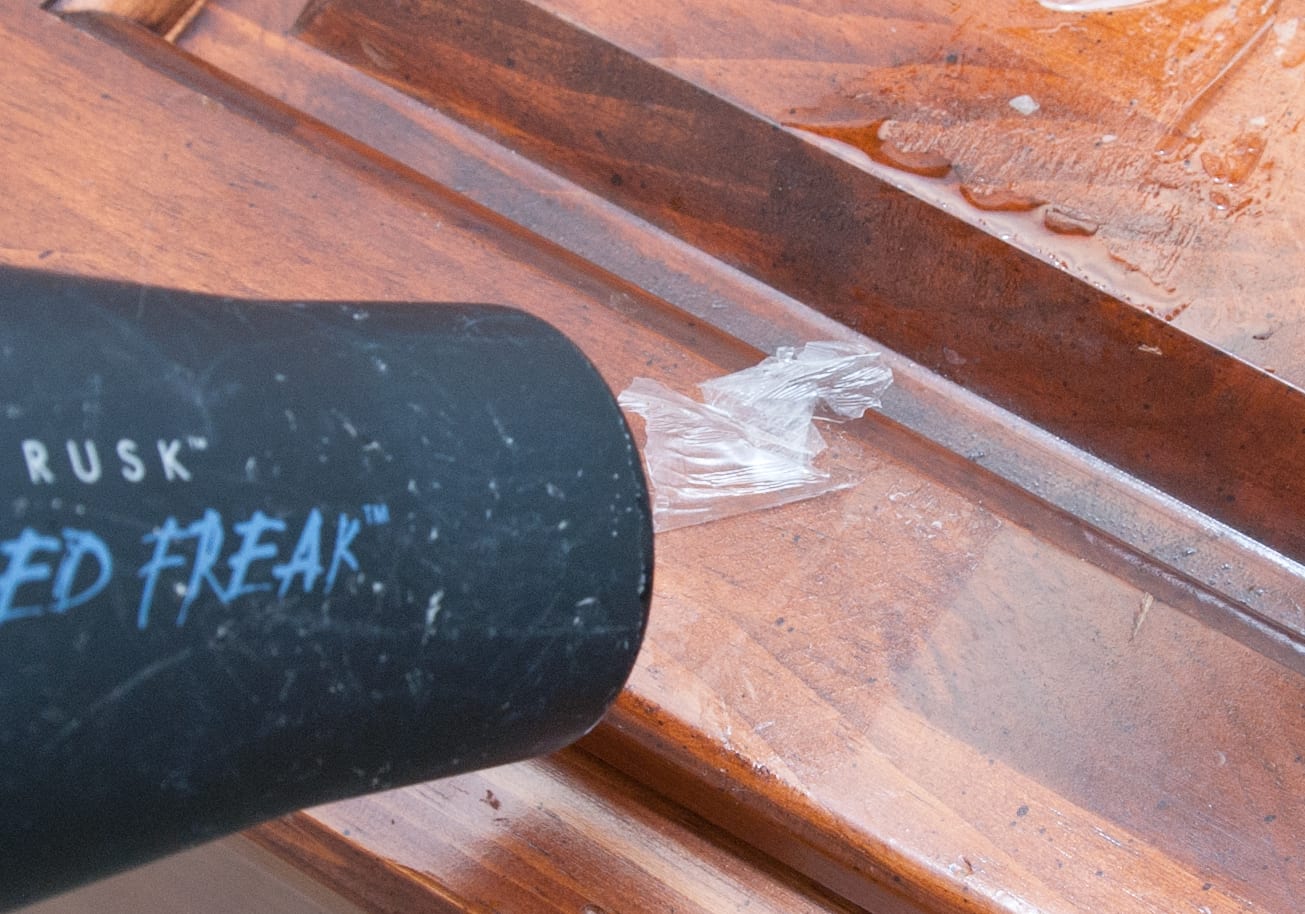
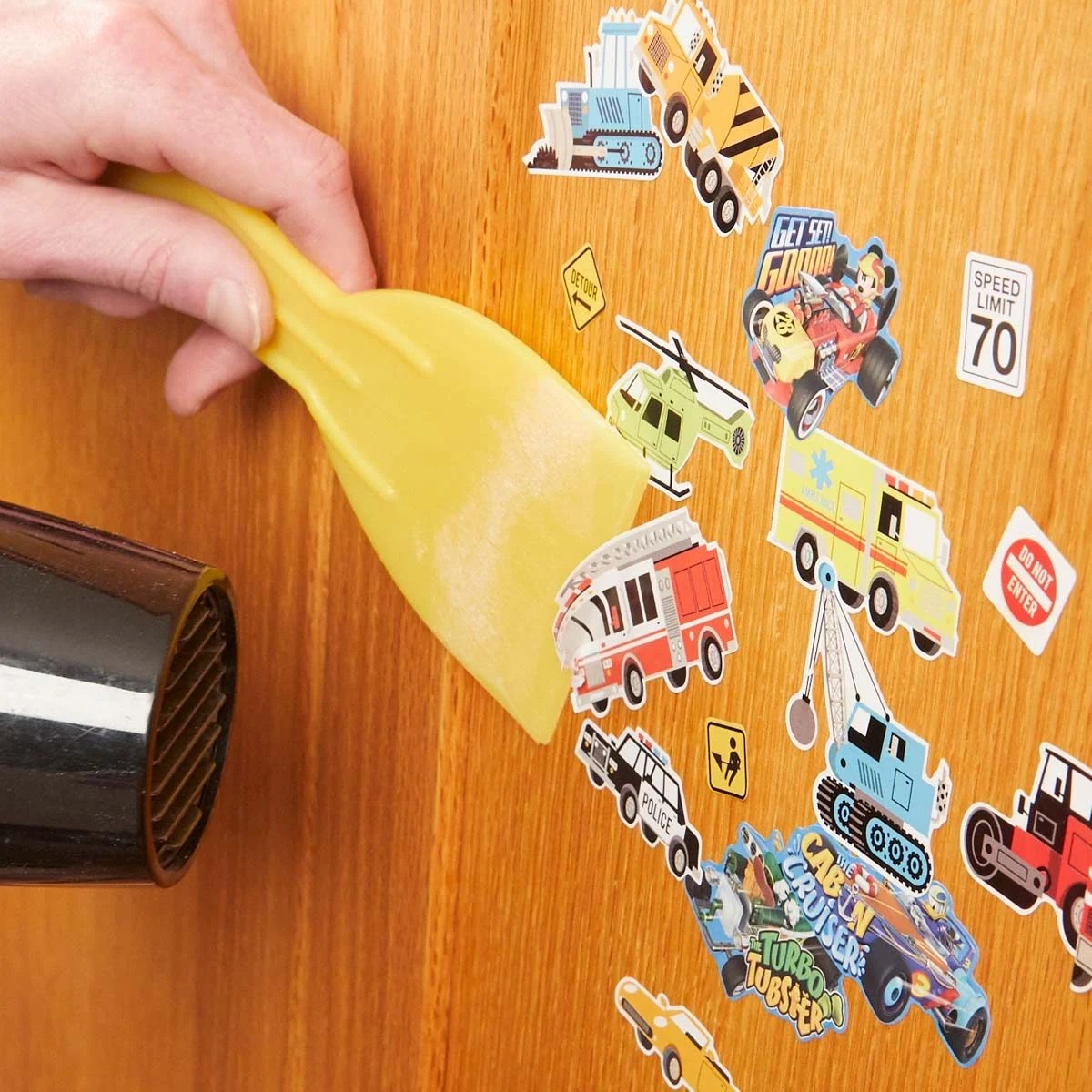
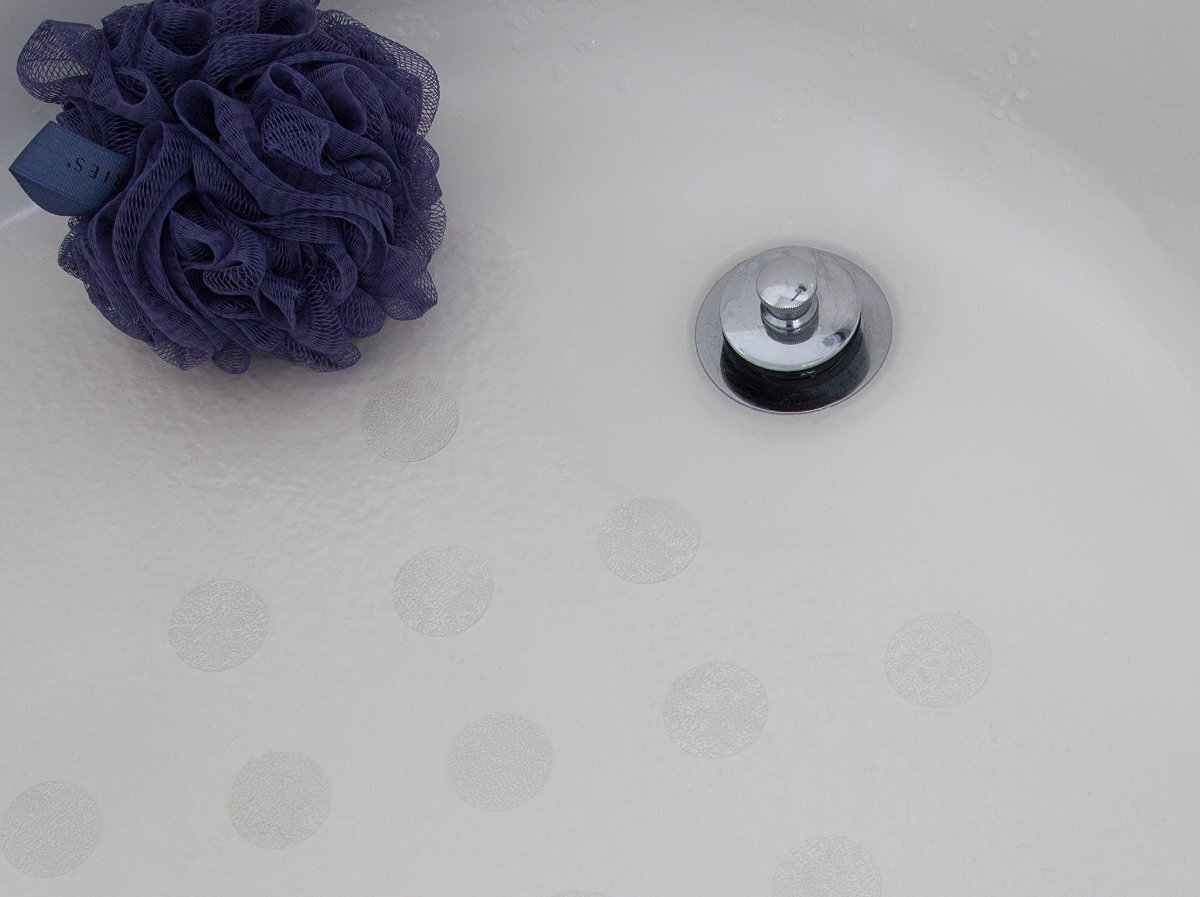
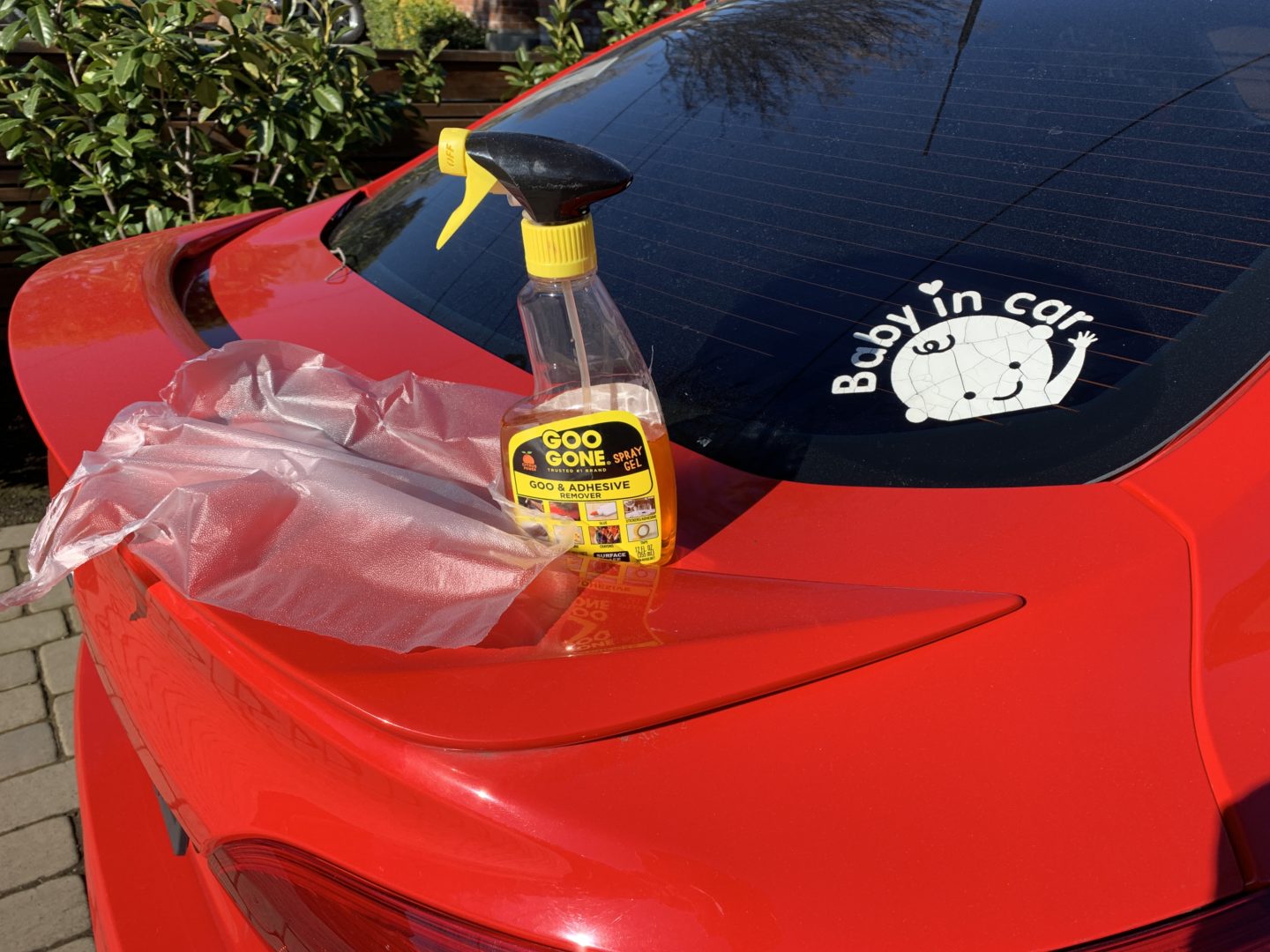
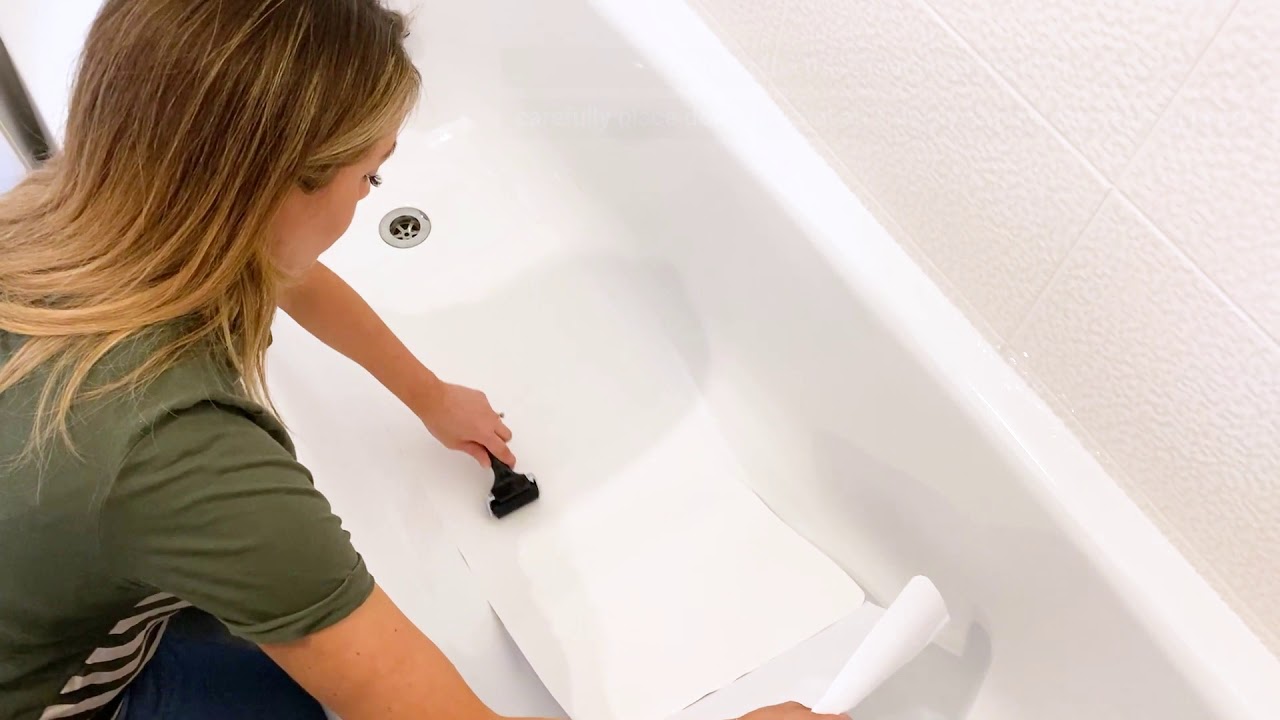
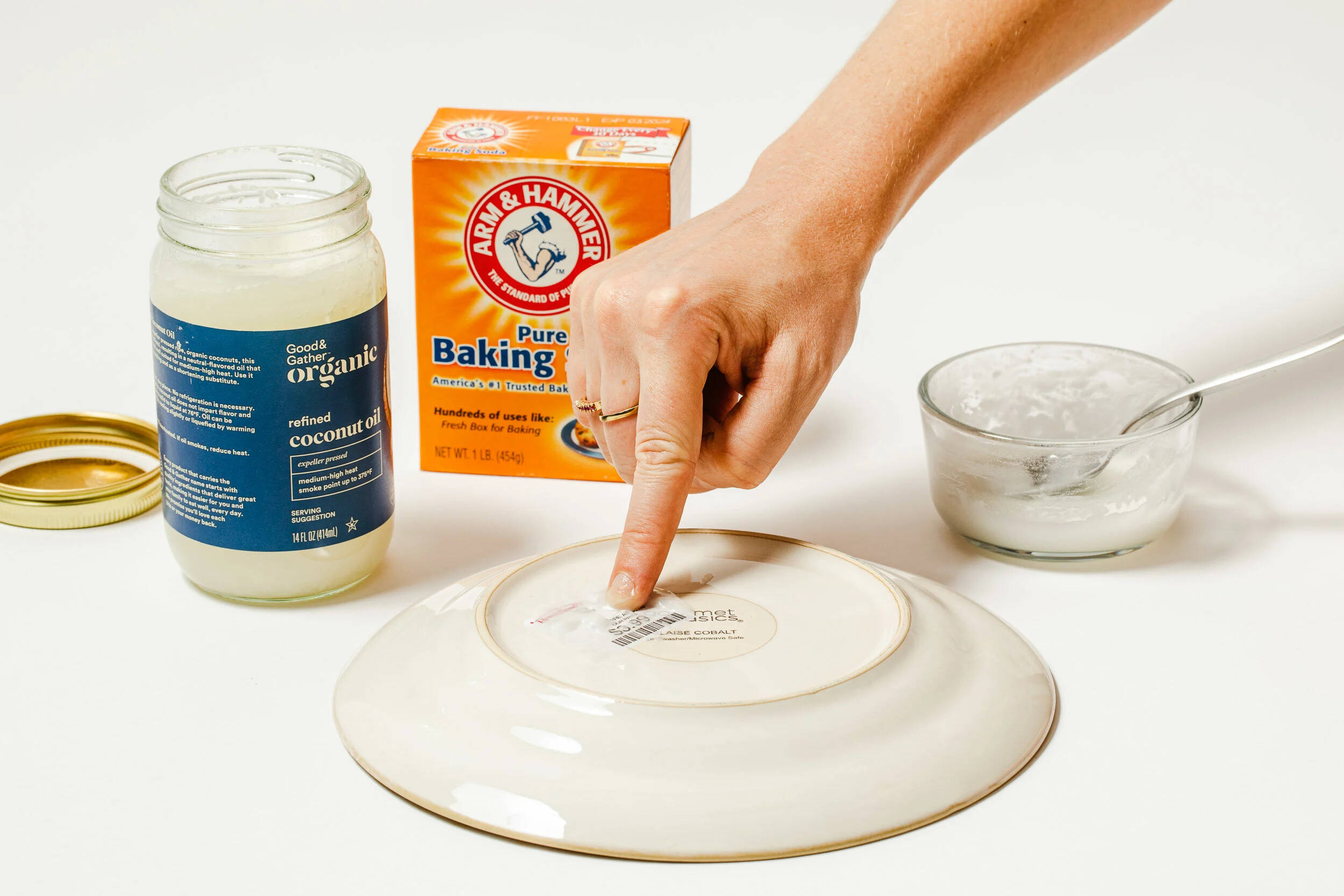
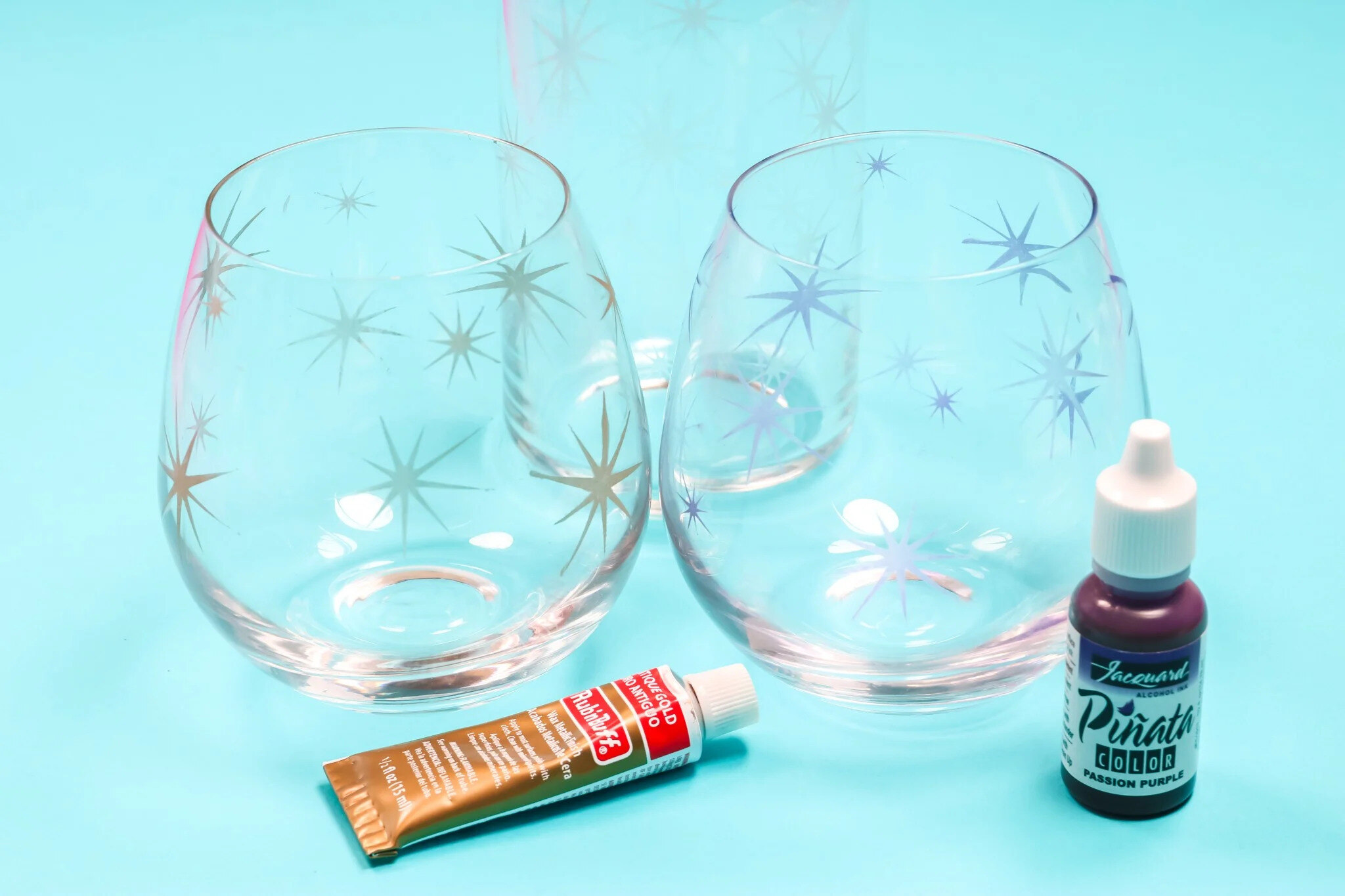
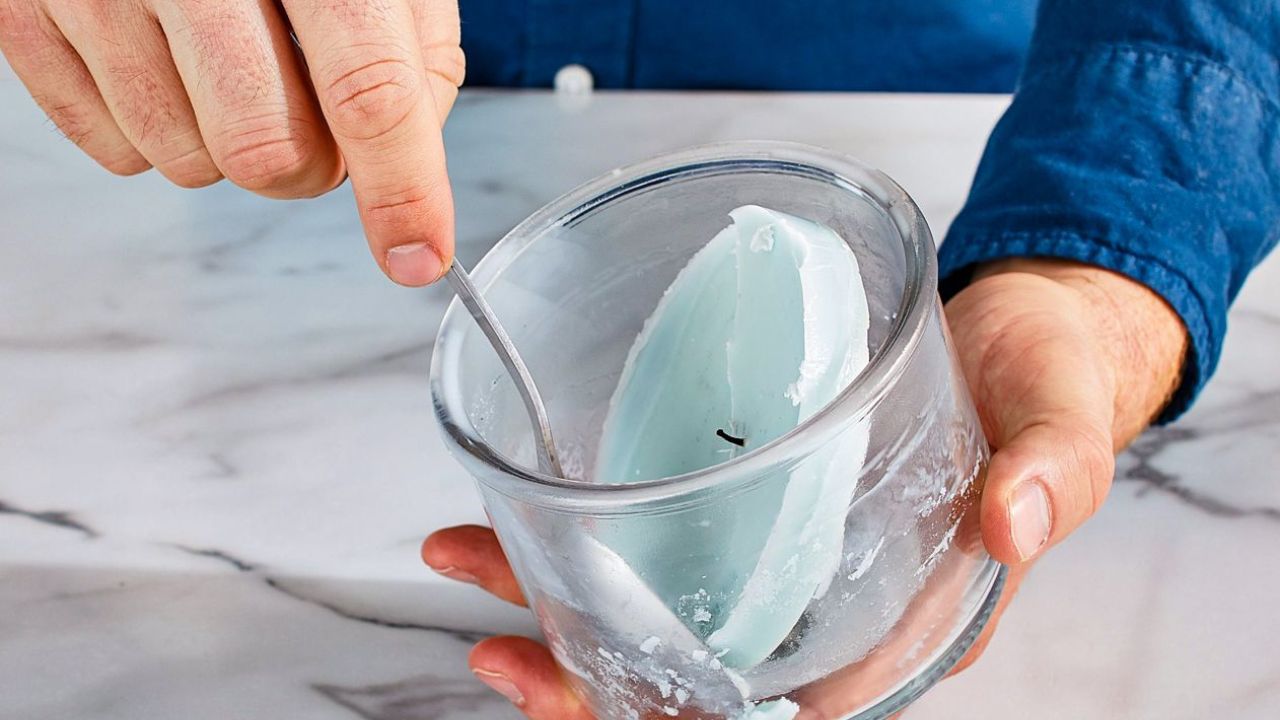
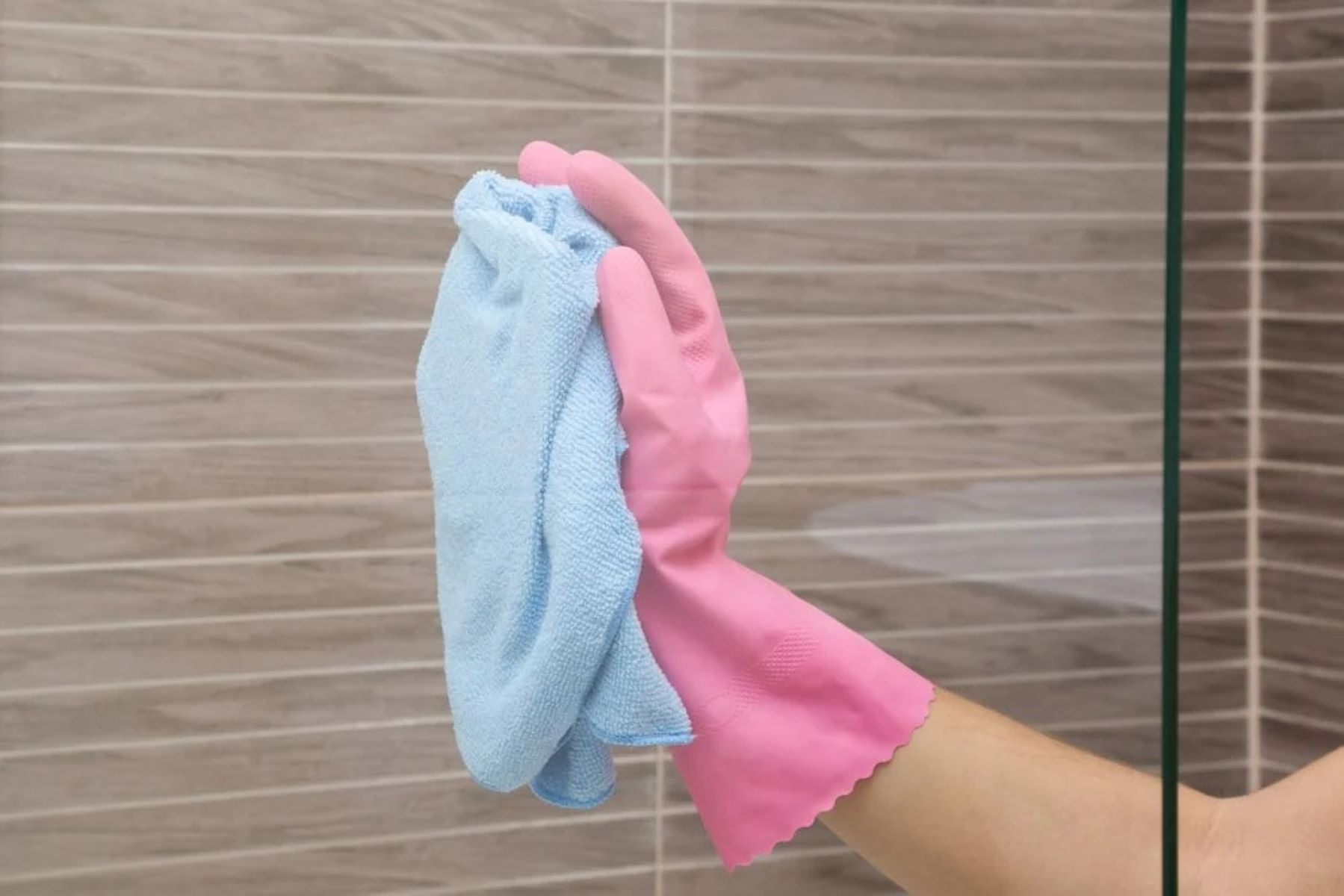
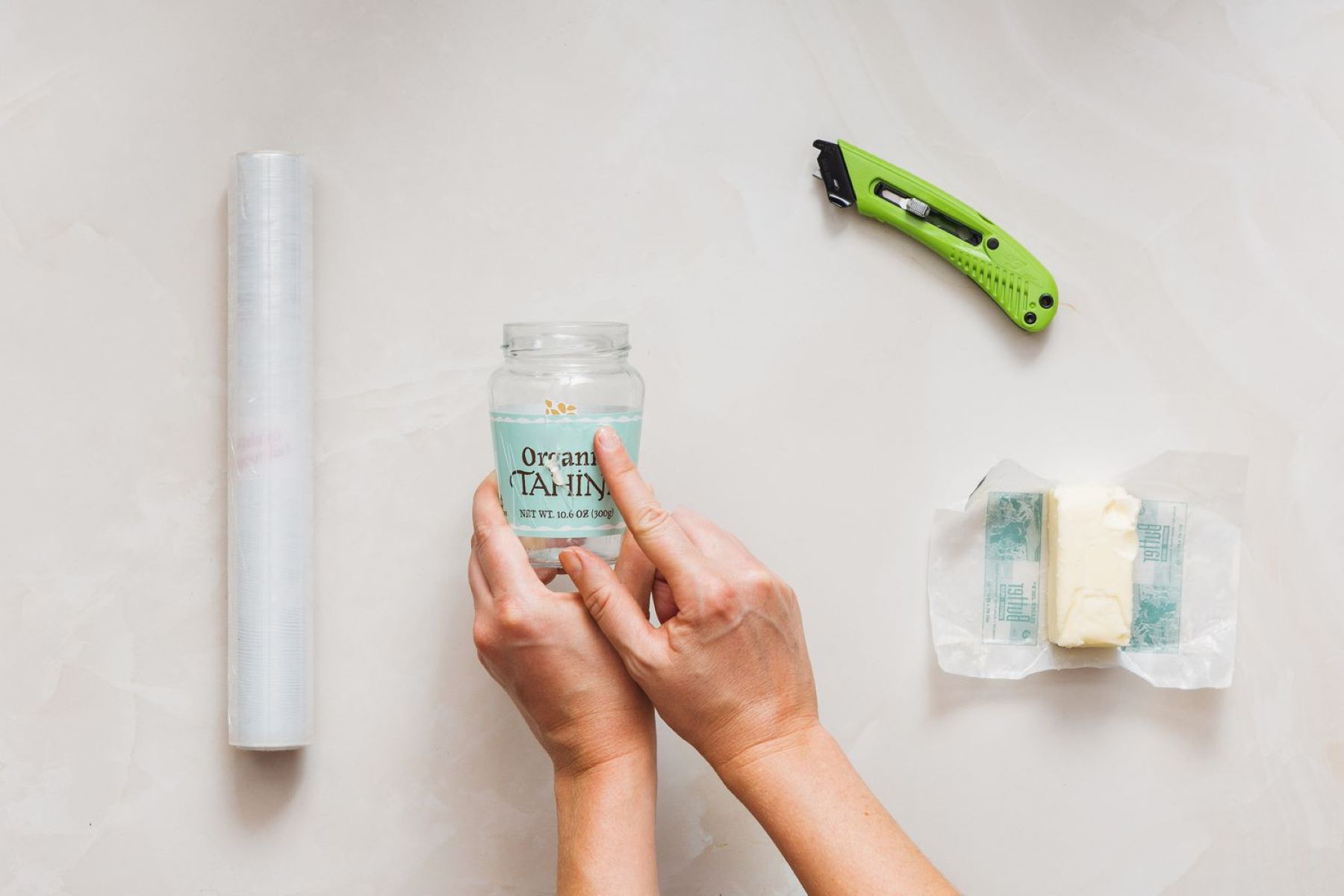
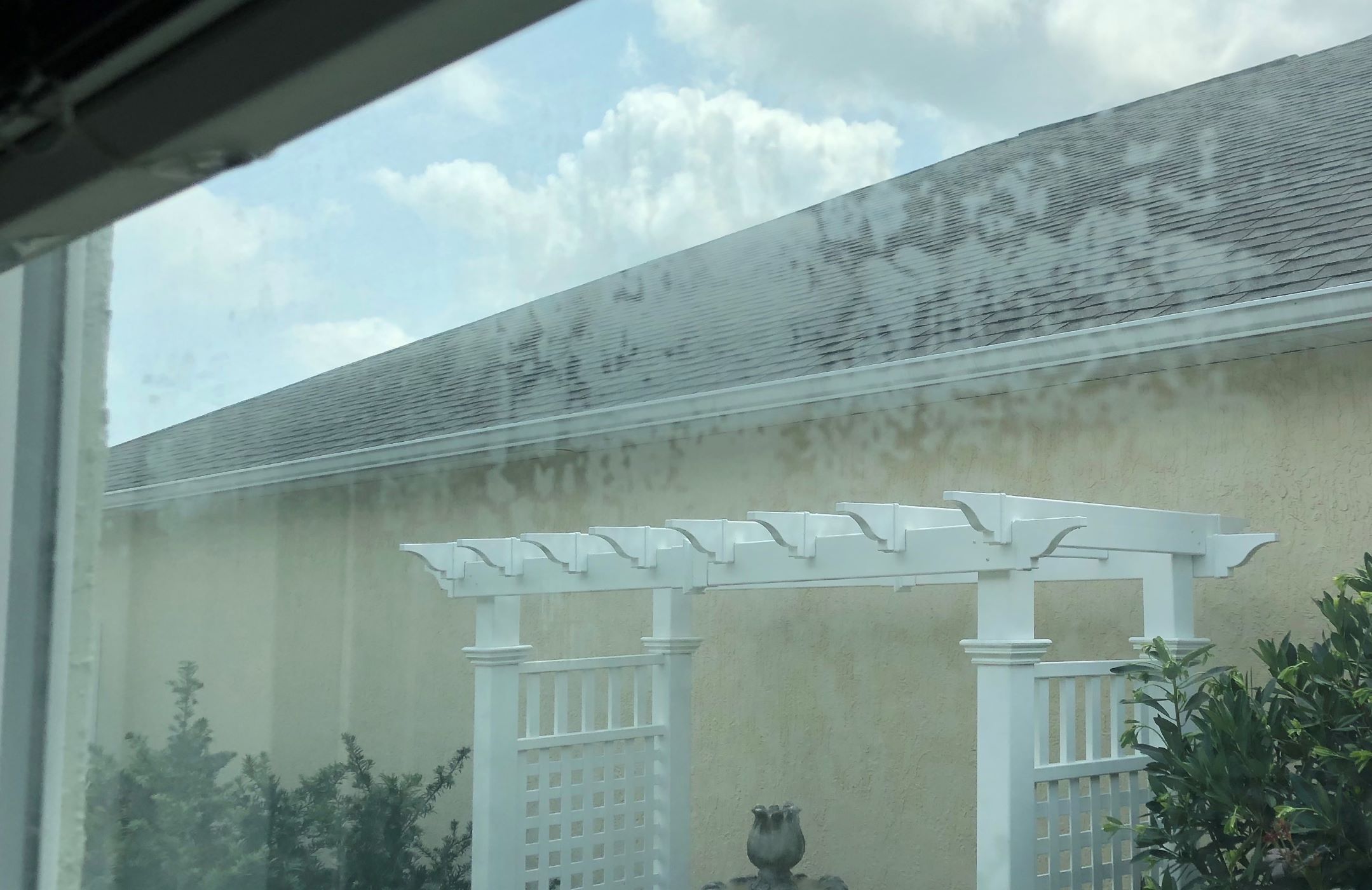

0 thoughts on “How To Remove A Sticker From Glass”